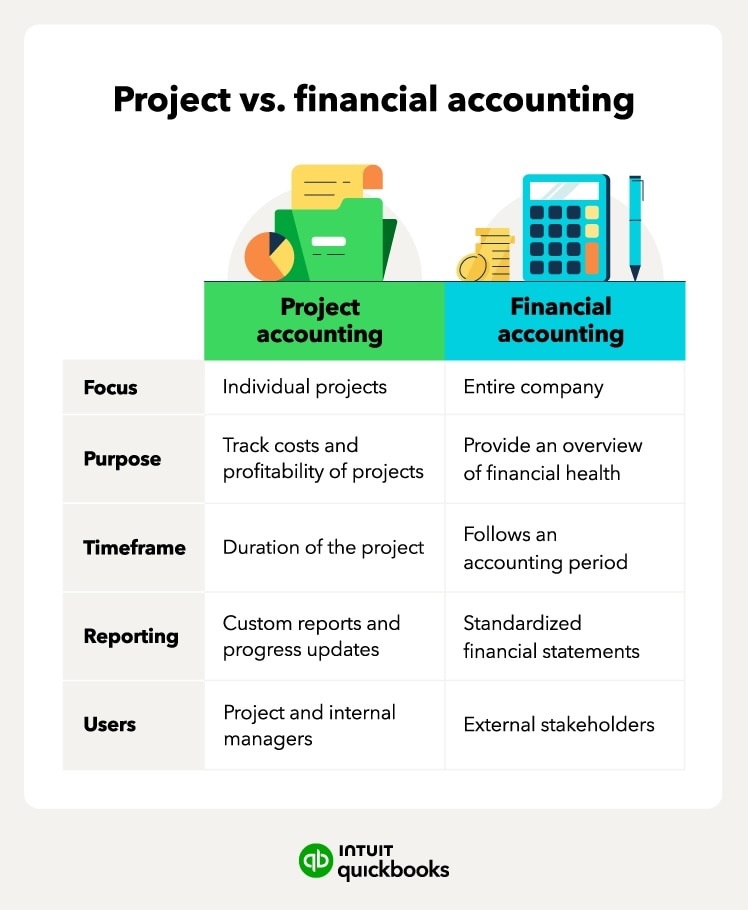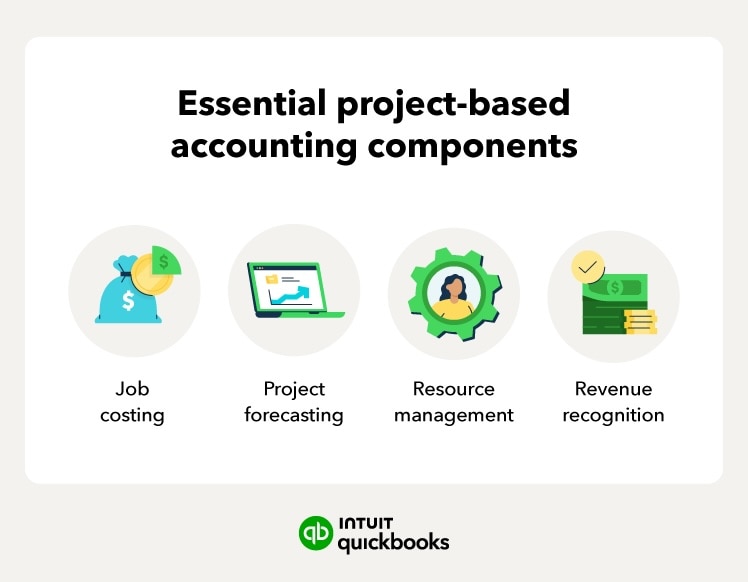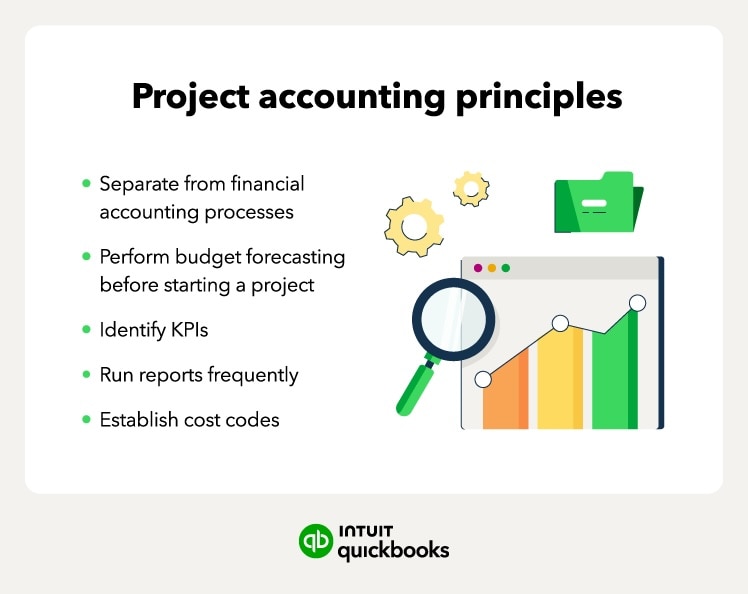Resource management
Resource management can help you save time and money on your project. By using labor, materials, and equipment efficiently, you can better ensure that resources are allocated effectively, reduce waste, and minimize delays.
On a construction site, resource management may involve scheduling workers in shifts to help ensure the project progresses steadily without downtime or bottlenecks. You may also have time blocks to be mindful of. For example, if you’re repaving a busy road, you might be limited to late nights and weekends and must plan to use your resources accordingly.
Revenue recognition
Revenue recognition refers to when and how revenue from a project should be recognized in your company’s financial statements. You’ll usually receive payments in stages for long-term projects like a new office complex. Identifying what these stages are will help you budget for them.
You may recognize revenue during each completed milestone, like finishing the foundation or installing the roof. When done well, revenue recognition ensures that your company’s financial statements accurately reflect the project’s progress and economic health.










